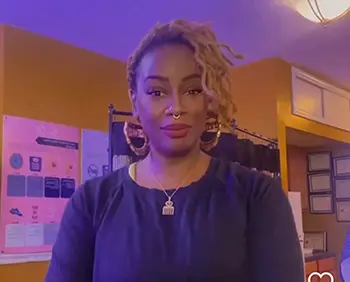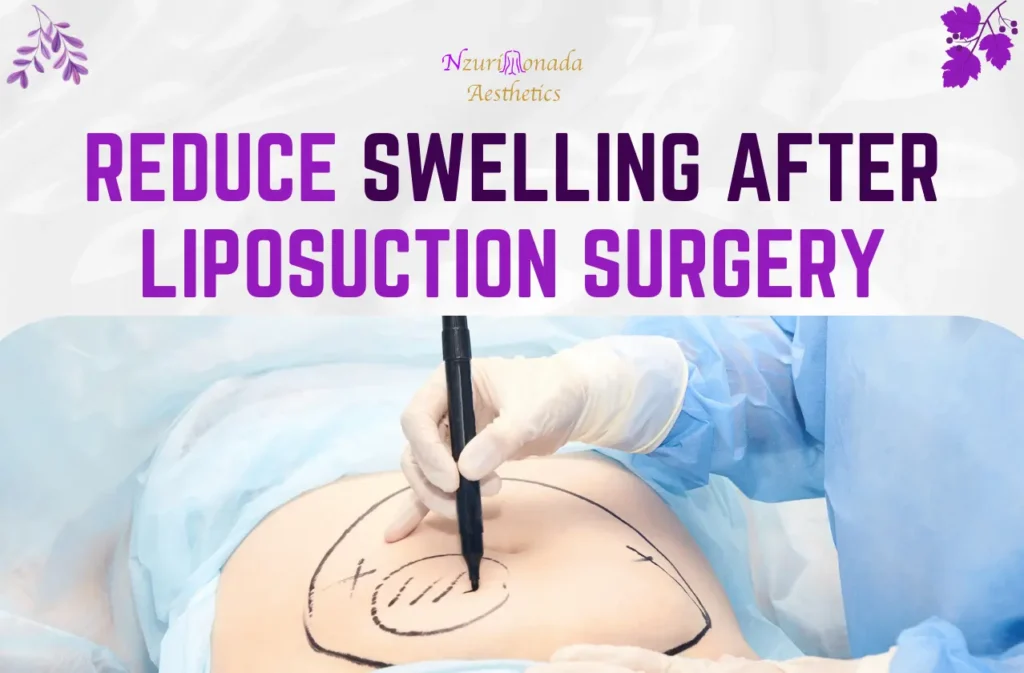Post-liposuction swelling is one of the most common concerns patients face during their recovery journey. While this temporary swelling is a natural part of the healing process, understanding how to manage it effectively can significantly impact your comfort and final results. Whether you’ve recently undergone liposuction or are planning the procedure, knowing what to expect and how to handle post-operative swelling is crucial for achieving optimal outcomes.
Liposuction continues to be one of the most popular cosmetic procedures in the United States, with a growing number of people choosing this treatment to contour their bodies and remove stubborn fat deposits. While the procedure itself is well-established, the recovery process, particularly managing swelling and inflammation, plays a vital role in achieving the desired results. The good news is that post-liposuction swelling is both manageable and temporary when you follow proper post-operative care guidelines.
Understanding Post-Liposuction Swelling: The Medical Perspective
Post-liposuction swelling occurs as part of your body’s natural inflammatory response to surgical trauma. During the procedure, a surgical cannula creates small tunnels through the fat layers while removing unwanted fat cells. These channels temporarily fill with fluid as part of your body’s healing mechanism. This process causes the accumulation of serous fluid, known as edema, in the treated areas, leading to visible swelling. Understanding this biological response helps explain why proper post-operative care is crucial for optimal healing and results.
How Long Does Swelling Last After Liposuction? A Week-by-Week Guide to Reduction
Recovery after liposuction follows a predictable pattern, though individual experiences may vary based on factors such as the extent of the procedure, your body’s natural healing capacity, and your adherence to post-operative care instructions.
During the first 72 hours, you’ll experience progressive swelling as your body initiates its healing response. This initial phase is characterized by fluid accumulation and mild to moderate discomfort. Many patients notice their treated areas feeling firm and tender to the touch. This is completely normal and indicates your body’s active healing process.
The first week typically brings peak swelling, and you may notice your body appearing larger than before surgery. This can be concerning for some patients, but it’s important to remember that this temporary increase in size is not indicative of your final results. Your body is actively working to heal the treated areas through increased blood flow and fluid accumulation.
As you progress through weeks two and three, you’ll begin noticing gradual improvements. The initial intense swelling starts subsiding, and treated areas become less tender. However, you may experience fluctuating swelling levels throughout the day, often more pronounced in the evening or after prolonged activity. This is your body’s natural response to daily activities and gravity.
By weeks four to six, significant reduction in swelling becomes apparent. Your new body contours begin emerging as inflammation continues to subside. The treated areas start feeling softer and more natural, though some firmness may persist in certain spots. This is when many patients begin to see the exciting transformation of their body shape.
The Essential Role of Compression in Swelling Management
Proper compression therapy serves as a cornerstone of effective post-liposuction recovery. Medical-grade compression garments work by applying consistent pressure to treated areas, helping to prevent fluid accumulation and support tissue remodeling. At NzuriMonada Aesthetics, we emphasize the importance of proper fitting and wearing schedules for optimal results.
Your compression garment should feel snug but not restrictive. It should cover both the treated areas and the surrounding tissues to ensure even pressure distribution. During the first three weeks, we recommend wearing your compression garment 23 hours per day, removing it only for showering and necessary garment care. As swelling decreases, your garment may need adjustment or replacement to maintain optimal pressure levels.
The Transformative Impact of Professional Lymphatic Drainage Massage
Lymphatic drainage massage represents one of the most effective interventions for managing post-liposuction swelling. This specialized therapeutic technique works by gently stimulating your lymphatic system, the body’s natural drainage network. After liposuction, this system can become overwhelmed with excess fluid and cellular debris, leading to prolonged swelling and discomfort.
Our certified therapists at NzuriMonada Aesthetics employ advanced manual lymphatic drainage techniques specifically designed for post-liposuction patients. These gentle, rhythmic movements help stimulate lymph flow, reducing fluid accumulation in treated areas. The benefits extend beyond simple swelling reduction – regular sessions can help prevent fibrosis, improve tissue flexibility, and enhance overall comfort during recovery.
Proven Strategies to Reduce Swelling After Liposuction
Successful recovery requires attention to daily habits and activities. Proper hydration plays a crucial role – aim to drink at least eight glasses of water daily while avoiding alcohol and excessive sodium, which can contribute to fluid retention. Your diet should focus on nutrient-rich foods that support healing and reduce inflammation, including fresh fruits, vegetables, and lean proteins.
Movement and activity levels should be carefully managed during recovery. While extended bed rest isn’t recommended, strenuous exercise should be avoided for at least six weeks post-surgery. Begin with short, gentle walks as soon as you feel comfortable, gradually increasing activity levels as your recovery progresses. Listen to your body and avoid any movements that cause discomfort or increased swelling.
Recognizing Normal vs. Concerning Symptoms
While some swelling and discomfort are normal parts of the recovery process, it’s important to recognize signs that may indicate complications. Normal healing signs include symmetric swelling that gradually improves, mild to moderate discomfort that decreases over time, and progressive improvement in mobility.
However, certain symptoms warrant immediate medical attention. These include sudden increases in swelling on one side, severe or increasing pain, unusual redness or warmth in treated areas, fever, or shortness of breath. At NzuriMonada Aesthetics, we provide our patients with 24/7 access to professional guidance for any concerns during recovery.
Professional Swelling Reduction After Liposuction at NzuriMonada Aesthetics
Your journey to reduce swelling after liposuction deserves expert guidance and care. At NzuriMonada Aesthetics, we understand how long swelling lasts and specialize in proven techniques to make swelling go down effectively. Our team of certified lymphatic drainage specialists brings years of experience in managing post liposuction swelling, consistently helping patients achieve optimal results during their recovery.
We invite you to experience the best way to reduce swelling after your procedure. For patients wondering “how to reduce swelling fast after liposuction,” our specialized lymphatic drainage massage sessions provide the answer. Each treatment is precisely tailored to your specific needs and recovery stage, focusing on areas where swelling after lipo is most prominent. Located in the heart of the Bronx, we proudly serve patients throughout the greater New York City area who are seeking professional solutions for swelling after surgery.
Whether you’re experiencing bruising after liposuction or concerned about when swelling is the worst after lipo, our expert team is here to help. To learn more about our specialized swelling reduction treatments or to schedule your lymphatic drainage massage session, contact us at +1 (347) 418-7751. Let our experienced team support your healing journey and help you achieve the smooth, comfortable recovery you deserve.
Disclaimer: Individual results may vary. Always follow your surgeon’s specific post-operative instructions and seek immediate medical attention for any concerning symptoms.
About the Author

Afia, RN
Lead Specialist at NzuriMonada Aesthetics, Bronx NY
Afia is a skilled Registered Nurse who has been practicing in the aesthetic industry for over 18 years at NzuriMonada Aesthetics. She specializes in post-operative care and lymphatic drainage massage, with particular expertise in post-liposuction recovery. As a certified specialist in manual lymphatic drainage, Afia has helped countless patients achieve optimal results through personalized treatment plans and expert care. She currently serves patients throughout the Bronx and greater New York City area, dedicated to providing exceptional post-surgical care and swelling reduction treatments.

